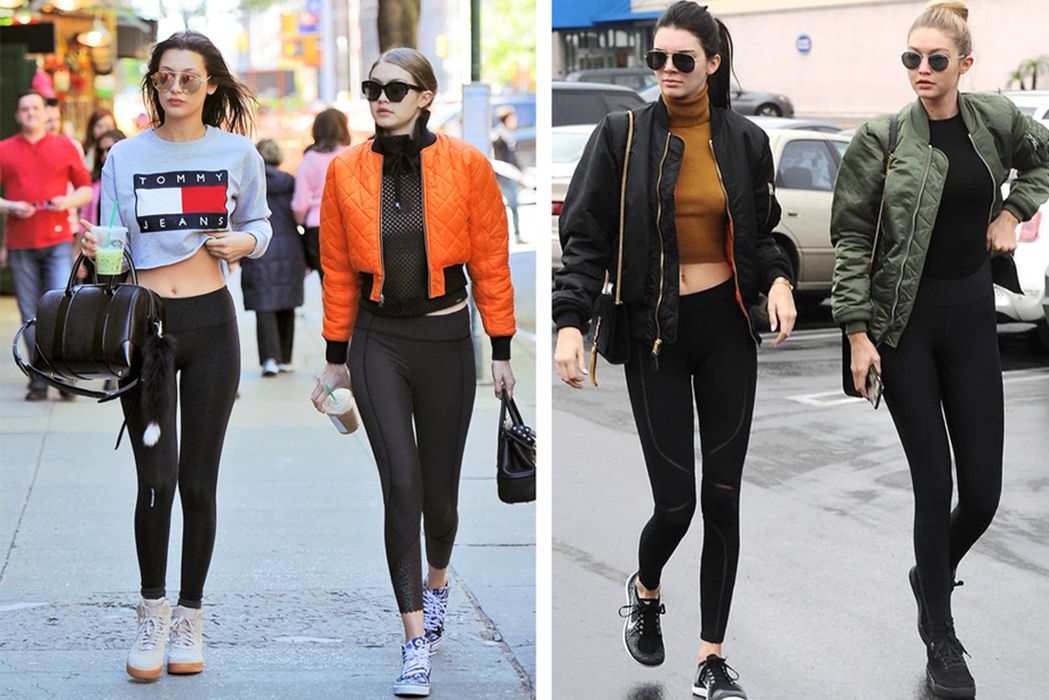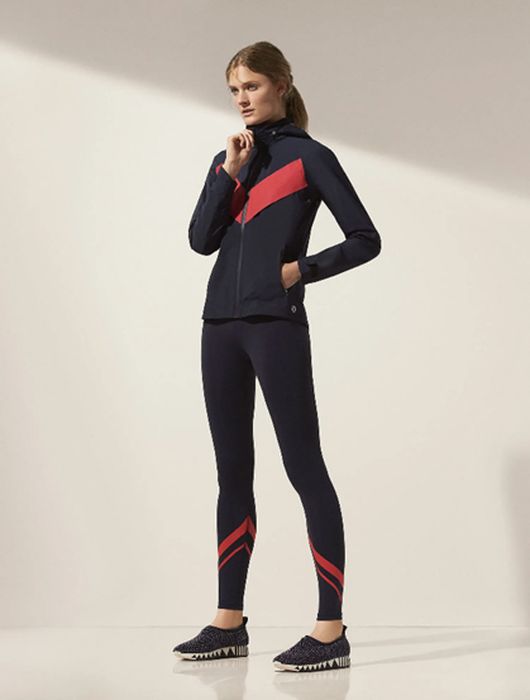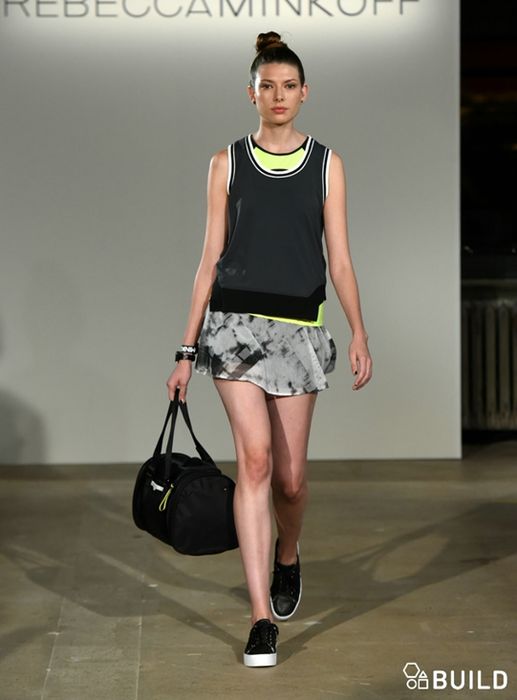
Charles R. Goulding and Preeti Sulibhavi explore how the athleisure and apparel industry stand to benefit from 3D printing.
There was a time when a trip to the grocery store, coffee shop, bookstore, and hitting the gym, would require a change of wardrobe. Not anymore, thanks to athleisure.
A combination of “athletic” and “leisure,” athleisure refers to stylish, comfortable, and functional apparel specifically designed for movement.
People can be seen effortlessly wearing their athleisure leggings or joggers anywhere and everywhere. With the advent of Covid-19, this trend has exploded since many people were working from home and could wear whatever felt comfortable. However, athleisure is here to stay.
Components of athleisure include yoga pants and leggings, but the trend is now far more wardrobe-encompassing. Additional athleisure items include joggers, tees and tanks, hoodies and sweatshirts and sneakers. Accessories to be paired with athleisure wear (especially when changing from one activity to another) can include hats and messenger bags or backpacks.
With the recent trend in weight loss drugs, many people are finding that losing weight has increased their mobility and hence, their demand for athleisure wear. It’s not only a fashion trend but a practical wardrobe selection.

3D Printing and Apparel
We have covered the application of 3D printing to the textile/apparel industry previously on Fabbaloo. Our coverage ranged from Kvadrat textiles to the jute comeback. Many of the athleisure items listed above require durable, washable fabrics that are both functional and fashionable. And, if you are already aware of the athleisure trend and have some items in your closet, you will also know that they tend to be a bit on the pricey side.
Many athletic shoe companies in particular have been designing product lines that feature 3D printing. Examples include major brands such as Adidas, Allbirds, Nike, Puma. Zellerfeld, based in Germany, is a company that entirely produces 3D printed footwear, including the HERON01, a 3D printed slip-on sneaker. A Harvard Business School case study details how Under Armour has been developing its Architect line of sneakers utilizing 3D printed midsoles. These midsoles provide different amounts of energy to athlete’s feet, providing versatility and optimal performance so that athletes can reduce the number of sneaker changes in their routines. EOS, partnered with Under Armour to help bring 3D printing, in the global apparel and fitness industry, to scale.
Fashion houses such as Tory Burch, Derek Lam, and Mara Hoffman are already getting a running start on the athleisure trend. The 3D printing industry should see this market as an opportunity for growth and innovation as well. If they combine forces these leading design houses and the 3D printing industry can take on the fashion industry by storm.

The Research & Development Tax Credit
The now permanent Research and Development (R&D) Tax Credit is available for companies developing new or improved products, processes and/or software.
3D printing can help boost a company’s R&D Tax Credits. Wages for technical employees creating, testing and revising 3D printed prototypes can be included as a percentage of eligible time spent for the R&D Tax Credit. Similarly, when used as a method of improving a process, time spent integrating 3D printing hardware and software counts as an eligible activity. Lastly, when used for modeling and preproduction, the costs of filaments consumed during the development process may also be recovered.
Whether it is used for creating and testing prototypes or for final production, 3D printing is a great indicator that R&D Credit eligible activities are taking place. Companies implementing this technology at any point should consider taking advantage of R&D Tax Credits.
Conclusion
Who doesn’t want to look good and be comfortable at the same time? With athleisure both can be achieved. With 3D printing, this trend can continue to grow and offer high-quality products to consumers. It’s time to fill your wardrobe with athleisure wear. How else can you walk your favorite route and get to the office, all while sporting the same outfit?
